Chrysler 2005 Annual Report Download - page 211
Download and view the complete annual report
Please find page 211 of the 2005 Chrysler annual report below. You can navigate through the pages in the report by either clicking on the pages listed below, or by using the keyword search tool below to find specific information within the annual report.-
 1
1 -
 2
2 -
 3
3 -
 4
4 -
 5
5 -
 6
6 -
 7
7 -
 8
8 -
 9
9 -
 10
10 -
 11
11 -
 12
12 -
 13
13 -
 14
14 -
 15
15 -
 16
16 -
 17
17 -
 18
18 -
 19
19 -
 20
20 -
 21
21 -
 22
22 -
 23
23 -
 24
24 -
 25
25 -
 26
26 -
 27
27 -
 28
28 -
 29
29 -
 30
30 -
 31
31 -
 32
32 -
 33
33 -
 34
34 -
 35
35 -
 36
36 -
 37
37 -
 38
38 -
 39
39 -
 40
40 -
 41
41 -
 42
42 -
 43
43 -
 44
44 -
 45
45 -
 46
46 -
 47
47 -
 48
48 -
 49
49 -
 50
50 -
 51
51 -
 52
52 -
 53
53 -
 54
54 -
 55
55 -
 56
56 -
 57
57 -
 58
58 -
 59
59 -
 60
60 -
 61
61 -
 62
62 -
 63
63 -
 64
64 -
 65
65 -
 66
66 -
 67
67 -
 68
68 -
 69
69 -
 70
70 -
 71
71 -
 72
72 -
 73
73 -
 74
74 -
 75
75 -
 76
76 -
 77
77 -
 78
78 -
 79
79 -
 80
80 -
 81
81 -
 82
82 -
 83
83 -
 84
84 -
 85
85 -
 86
86 -
 87
87 -
 88
88 -
 89
89 -
 90
90 -
 91
91 -
 92
92 -
 93
93 -
 94
94 -
 95
95 -
 96
96 -
 97
97 -
 98
98 -
 99
99 -
 100
100 -
 101
101 -
 102
102 -
 103
103 -
 104
104 -
 105
105 -
 106
106 -
 107
107 -
 108
108 -
 109
109 -
 110
110 -
 111
111 -
 112
112 -
 113
113 -
 114
114 -
 115
115 -
 116
116 -
 117
117 -
 118
118 -
 119
119 -
 120
120 -
 121
121 -
 122
122 -
 123
123 -
 124
124 -
 125
125 -
 126
126 -
 127
127 -
 128
128 -
 129
129 -
 130
130 -
 131
131 -
 132
132 -
 133
133 -
 134
134 -
 135
135 -
 136
136 -
 137
137 -
 138
138 -
 139
139 -
 140
140 -
 141
141 -
 142
142 -
 143
143 -
 144
144 -
 145
145 -
 146
146 -
 147
147 -
 148
148 -
 149
149 -
 150
150 -
 151
151 -
 152
152 -
 153
153 -
 154
154 -
 155
155 -
 156
156 -
 157
157 -
 158
158 -
 159
159 -
 160
160 -
 161
161 -
 162
162 -
 163
163 -
 164
164 -
 165
165 -
 166
166 -
 167
167 -
 168
168 -
 169
169 -
 170
170 -
 171
171 -
 172
172 -
 173
173 -
 174
174 -
 175
175 -
 176
176 -
 177
177 -
 178
178 -
 179
179 -
 180
180 -
 181
181 -
 182
182 -
 183
183 -
 184
184 -
 185
185 -
 186
186 -
 187
187 -
 188
188 -
 189
189 -
 190
190 -
 191
191 -
 192
192 -
 193
193 -
 194
194 -
 195
195 -
 196
196 -
 197
197 -
 198
198 -
 199
199 -
 200
200 -
 201
201 -
 202
202 -
 203
203 -
 204
204 -
 205
205 -
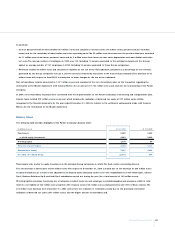 206
206 -
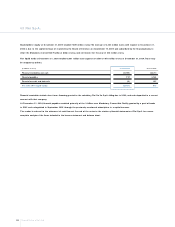 207
207 -
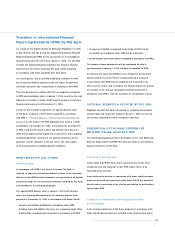 208
208 -
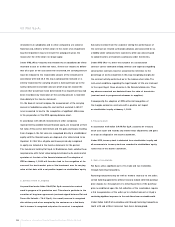 209
209 -
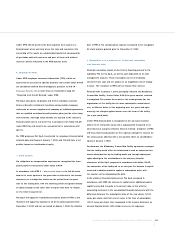 210
210 -
 211
211 -
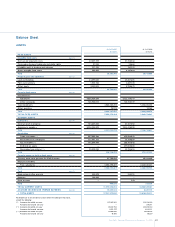 212
212 -
 213
213 -
 214
214 -
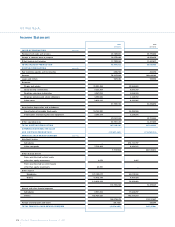 215
215 -
 216
216 -
 217
217 -
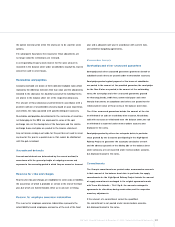 218
218 -
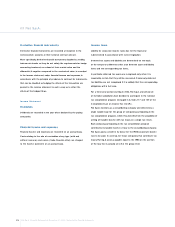 219
219 -
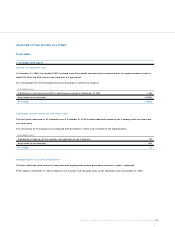 220
220 -
 221
221 -
 222
222 -
 223
223 -
 224
224 -
 225
225 -
 226
226 -
 227
227 -
 228
228 -
 229
229 -
 230
230 -
 231
231 -
 232
232 -
 233
233 -
 234
234 -
 235
235 -
 236
236 -
 237
237 -
 238
238 -
 239
239 -
 240
240 -
 241
241 -
 242
242 -
 243
243 -
 244
244 -
 245
245 -
 246
246 -
 247
247 -
 248
248 -
 249
249 -
 250
250 -
 251
251 -
 252
252 -
 253
253 -
 254
254 -
 255
255 -
 256
256 -
 257
257 -
 258
258 -
 259
259 -
 260
260 -
 261
261 -
 262
262 -
 263
263 -
 264
264 -
 265
265 -
 266
266 -
 267
267 -
 268
268 -
 269
269 -
 270
270 -
 271
271 -
 272
272 -
 273
273 -
 274
274 -
 275
275 -
 276
276 -
 277
277 -
 278
278
 |
 |

210 Transition to International Financial Reporting Standards (IFRS) by Fiat S.p.A.
03 Fiat S.p.A.
9. Recognition and measurement of derivatives
Fiat S.p.A. adopted IAS 39 - Financial Instruments: Recognition and
M easurement on January 1, 2 0 0 1 to the extent that it is consistent
and not in contrast with the general principles set forth in the Italian
law governing financial statements. In particular, taking into account
the restrictions under Italian law, Fiat S.p.A. maintained that IAS 39
was applicable only in part and only in reference to the designation
of derivative financial instruments as “hedging” or “non-hedging
instruments” and with respect to the symmetrical accounting of
the result of the valuation of the hedging instruments and the
result attributable to the hedged items (“hedge accounting”).Those
transactions which, according to Fiat S.p.A.’s policy for risk management,
are able to satisfy the conditions stated by the accounting principle
for hedge accounting treatment, are designated as hedging transactions;
the others, although set up for the purpose of managing risk exposure
(inasmuch as speculative transactions are not permitted as a rule),
are designated as trading transactions.
The main differences between Italian GAAP and IFRS may be
summarised as follows:
Financial instruments designated as “hedging instruments” -
under Italian GAAP, the instrument is valued symmetrically with
the underlying hedged item.Therefore, where the hedged item
has not been adjusted to fair value in the financial statements,
the hedging instrument has also not been adjusted. Similarly,
where the hedged item has not yet been recorded in the
financial statements (hedging of future flows), the valuation
of the hedging instrument at fair value is deferred.
Under IFRS:
– In the case of a fair value hedge, the gain or loss from
remeasuring the hedging instrument at fair value is recognised
in the income statement and the gain or loss on the hedged
item attributable to the hedged risk adjusts the carrying amount
of the hedged item and is recognised in the income statement.
Consequently, no impact arises on net income (except for the
ineffective portion of the hedge, if any) or on stockholders’
equity, while adjustments impact the carrying values of hedging
instruments and hedged items.
– In the case of a cash flow hedge (hedging of future flows),
the portion of gain or loss on the hedging instrument that is
determined to be an effective hedge is recognised directly in
equity;the ineffective portion of the gain or loss is recognised
in the income statement. Consequently, with reference to the
effective portion, only a difference in stockholders’ equity will
arise between Italian GAAP and IFRS.
Instruments designated as “non-hedging instruments” (except
for foreign currency derivative instruments) - under Italian GAAP,
these instruments are valued at market value and the difference,
if negative compared to the contractual value, is recorded in the
income statement, in accordance with the concept of prudence.
Under IAS 39 any positive difference is also recorded.The
accounting treatment adopted for foreign currency derivative
instruments under Italian GAAP is, however, in line with IAS 39.
